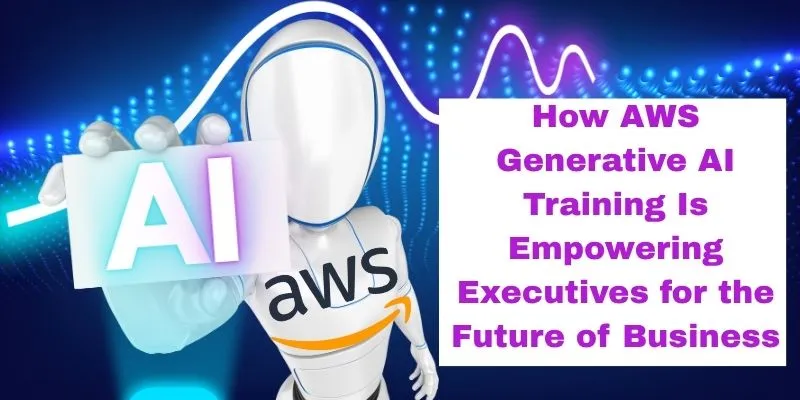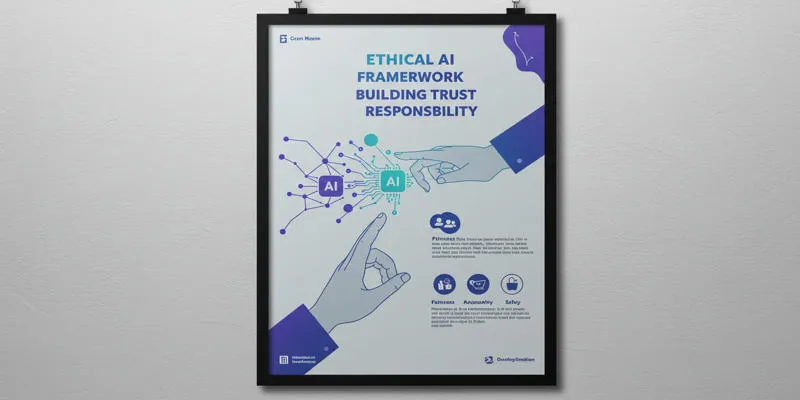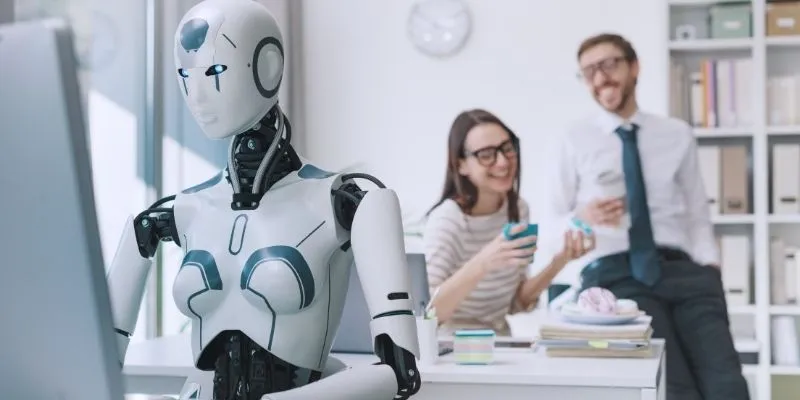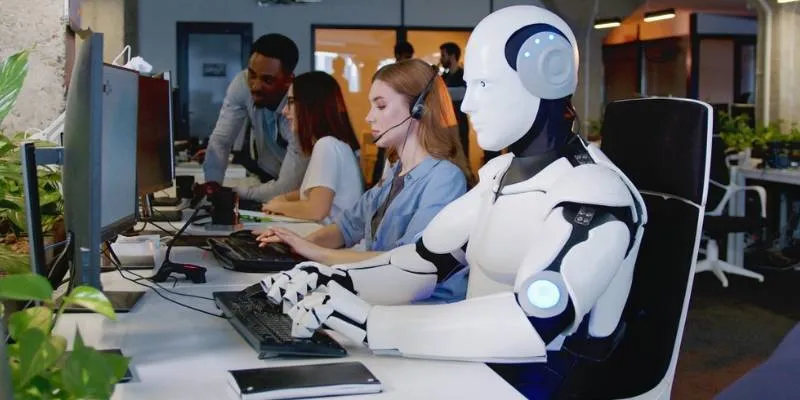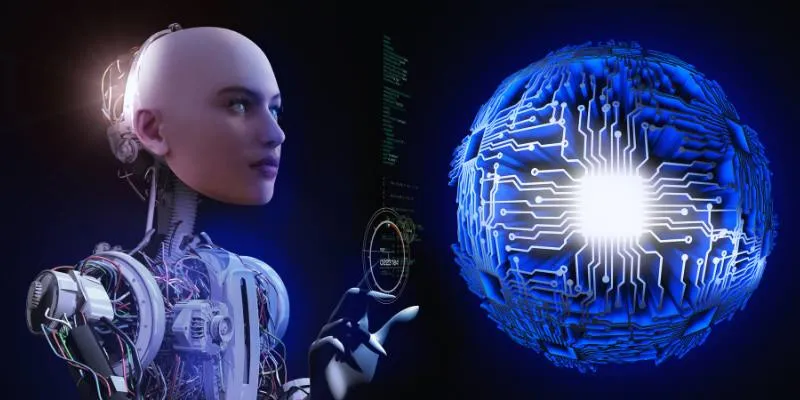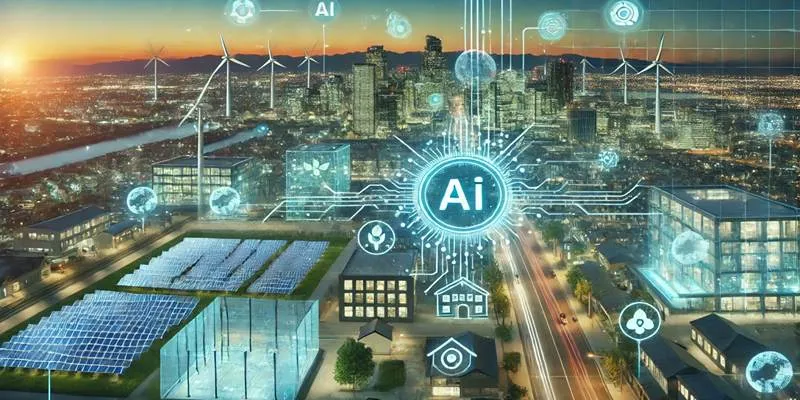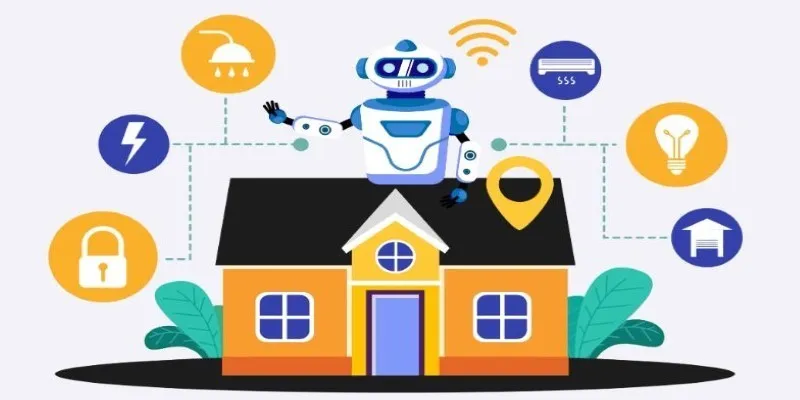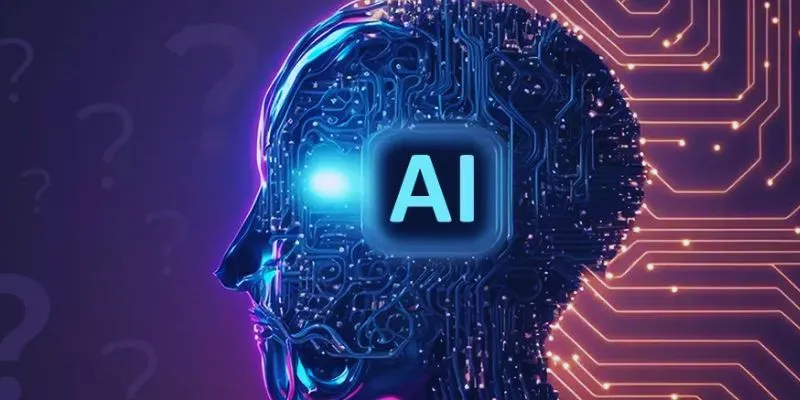The Future is Here: Humanoid Robots at Hannover Messe 2025
Humanoid robots are no longer just fantasies of sci-fi or confined to research labs. At Hannover Messe 2025, Accenture unveiled its cutting-edge humanoid robots, powered by advanced AI simulations. Visitors flocked to the exhibition, witnessing these robots move, react, and interact in remarkably lifelike ways.
This was more than a tech demo; it was a preview of future workplaces, manufacturing lines, and customer service roles. By integrating simulated learning environments with real-world execution, Accenture signals a paradigm shift in how machines are trained to work alongside humans.
AI Simulations: Bridging Training and Real-World Skills
The standout feature of Accenture’s robots wasn’t just their humanoid form but their AI-driven capabilities. Unlike traditional programming, these robots are trained using virtual environments that mirror the conditions they’ll encounter. For instance, a warehouse robot is placed in a digital warehouse simulation, learning to stack shelves, navigate obstacles, and adapt to changes. This method allows the robots to practice countless scenarios without the risk of physical damage.

Visitors at Hannover Messe 2025 were captivated by simulations running alongside the robots’ real actions. One robot, trained entirely in a digital assembly line, adeptly picked up tools, adjusted movements when humans crossed its path, and corrected errors autonomously—skills honed during virtual trials. Through reinforcement learning, the AI refines its decisions based on feedback from the virtual space, enhancing its capabilities before interacting with physical hardware.
This innovative approach significantly reduces deployment time in complex environments. Previously, adapting a robot to a factory might take months. With AI simulations, robots arrive pre-acquainted with layouts and tasks, requiring only minor on-site adjustments. This efficiency is appealing to companies eager to integrate automation without prolonged downtimes.
The Significance of the Humanoid Form
Some Messe attendees questioned Accenture’s choice of a humanoid form over simpler wheeled robots or mechanical arms. The answer lies in the design of human-centric environments such as hospitals, offices, and retail spaces, which are tailored for human occupancy. Features like stairs, door handles, and narrow passageways challenge non-humanoid machines. A humanoid robot, trained in a simulated human world, can seamlessly navigate these spaces, reducing the need for expensive redesigns.

Accenture representatives also highlighted how humanoid designs foster comfort in human-robot interactions. Visitors naturally engaged with the robots, offering instructions and moving instinctively around them—interactions less natural with boxy or wheeled machines. Such ergonomic and social design elements improve human-machine collaboration.
Implications for Industry and Society
Hannover Messe 2025 demonstrated that these robots are more than static machines following scripts. They learn and improve, presenting opportunities beyond manufacturing. In healthcare, humanoid robots could assist nurses with patient care simulations, focusing on repetitive or physically demanding tasks. In retail, they might restock shelves or guide customers, learning various customer interactions through simulated store environments.
The societal impact is significant. By preparing robots through simulations, companies like Accenture minimize the risk of early deployment errors, fostering public trust. Simulations allow experimentation and innovation without endangering workers or equipment.
However, the question of human job security lingers. Accenture emphasized its robots as assistants, not replacements, yet attendees pondered the balance between efficiency and employment. Regardless, the technology is here, poised for deployment.
Hannover Messe 2025: A Milestone in Humanoid Robotics
Hannover Messe has long been a hub for industrial innovation. In 2025, it marked a turning point for humanoid robotics. Accenture’s sophisticated robots and seamless AI integration impressed even seasoned engineers and executives. Watching a robot navigate complex spaces and interact with humans without hesitation suggested that the gap between human and machine collaboration is closing rapidly.
Several companies expressed interest in piloting these robots, attracted by the adaptability of simulation-based training. This approach reduces the need for custom-built automation solutions, as humanoid robots can adapt to various settings with minimal disruption.
Conclusion
Accenture’s humanoid robots, showcased at Hannover Messe 2025, represent a significant step towards more adaptive and capable machines in everyday environments. Training in virtual environments enables these robots to perform real-world tasks with precision and flexibility, making them practical for industries from healthcare to retail. Their humanlike form and behavior allow them to integrate seamlessly into spaces designed for humans, enhancing interaction and cooperation. This approach not only boosts efficiency but also builds trust in automation, showing that simulated learning equips robots with the readiness to work effectively alongside humans.
 zfn9
zfn9




